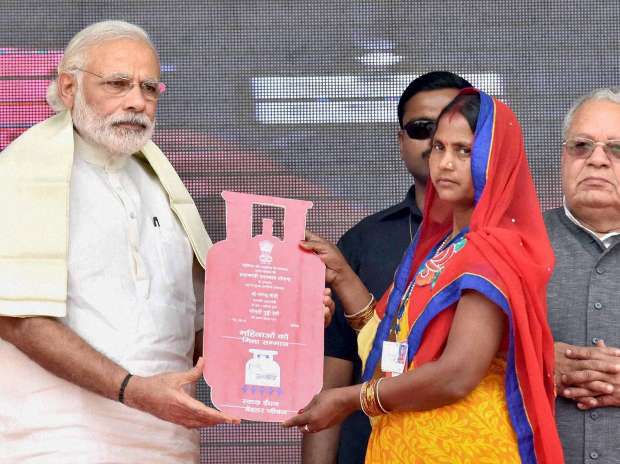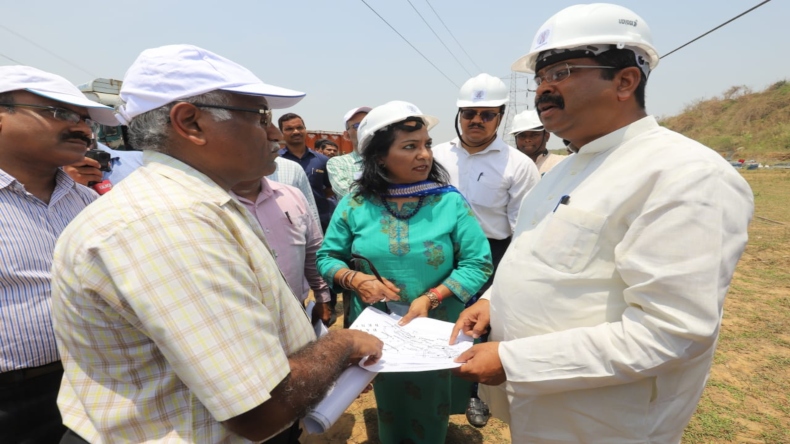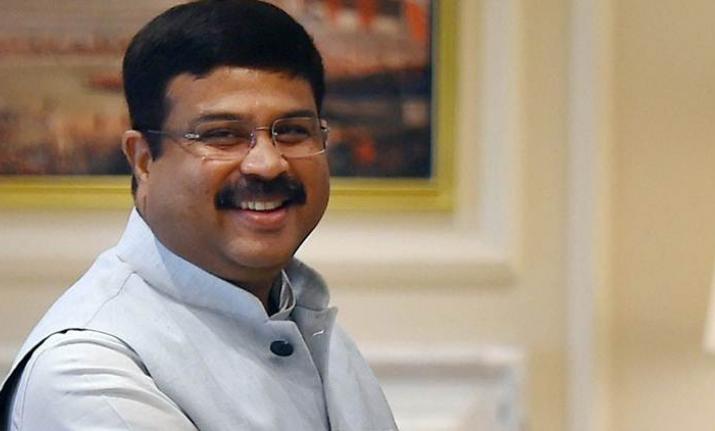When the Bharatiya Janata Party (BJP) got a thumping majority in the Lok Sabha elections in May 2019, it was quite expected that Dharmendra Pradhan will be a part of Narendra Modi’s new team. His relentless work, in the previous government that ensured energy access to crores of poor people had made him Modi’s man of action. In Team Modi 2.0, Dharmendra Pradhan has been given a major responsibility to oversee India’s energy security needs amidst severe uncertainty in the global energy markets. A long-time party worker and known for his go-getter outlook towards work, Dharmendra Pradhan took challenges head-on during his previous stint with ministries of petroleum, and skill development and entrepreneurship. Pradhan proved to be an effective administrator and key achievements to his credit include the Ujjwala scheme, policy decisions like natural gas pricing, new round of oil and gas auctions and increased cooking gas penetration from 56 % to 95 %.
Reforms to revitalize the energy sector
Under Pradhan’s leadership the ministry of petroleum and natural gas ushered in a slew of reforms including diesel de-regulation, new market-linked gas pricing guidelines, daily revision of fuel prices, new Hydrocarbon Exploration and Licensing Policy (HELP), PAHAL-Direct benefit transfer for LPG consumers, breaking the deadlock between Odisha government and Indian Oil Corporation over Paradip refinery and success of Pradhan Mantri Ujjwala Yojna (PMUY), among others.
Schemes like Ujjwala—to provide access to LPG connections to women from below-poverty-line households— and expansion of city gas distribution (CGD) networks proved to be game-changer in drastically ramping up access to clean cooking fuel to millions of common people. Such initiatives are not only leading to energy justice, as envisaged by PM Modi, but also creating business opportunities and addressing climate change as well as local pollution concerns. Vice President of India, M Venkaiah Naidu, also lauded the commendable efforts made under Ujjwala and has said, “This has been the world’s largest poverty alleviation programme. There has been no comparable achievement by recent governments. LPG coverage stood at 50% of the country in 2014 when the scheme started. It has now grown to 90% in December 2018.”

But this was not an overnight achievement. Infact, this was made possible by his sheer commitment and involvement in the planning and execution of the scheme, since its inception. From 2014 onwards, when Pradhan was inducted into the Modi government as minister of state for the petroleum and oil ministry, he focussed his energies on making Modi’s flagship programme, the Pradhan Mantri Ujjwala Yojana (PMUY), a success. Similar achievement was scripted under the PAHAL scheme. Recognized by the Guinness Book of World Record as the world’s largest cash benefit transfer scheme, the PAHAL scheme was an initiative by the oil ministry aimed at directly transferring subsidy of LPG cylinders directly into the bank accounts of the consumers. It not only helped the government save more than Rs. 20,000 crore by cutting out ghost beneficiaries but also helped propel the oil ministry’s image as a pro-poor and consumer-friendly ministry. In September 2017, in a cabinet reshuffle, Modi elevated Dharmendra Pradhan to the rank of union minister for the same ministry, with an additional charge of the ministry of skill development and entrepreneurship. This promotion was reportedly a reward for his work on the PMUY.
At the helm of energy diplomacy
India imports more than 80% of its oil requirements and around 18% of the natural gas it needs. Global oil dynamics has major impact on the economic growth of the country. Dharmendra Pradhan resumed office against the backdrop of tightening US sanctions against Iran, and production curbs by the OPEC, which have driven up oil prices. Higher oil prices stoke inflation and hurt economic growth in India, whose energy needs are primarily met through imports.
Pradhan who is a well-known figure in the energy capitals of the world, is the perfect man to protect India’s energy interest amidst global oil diplomatic slugfest. He has been in close contact with Saudi Arabia’s energy minister Khalid Al-Falih to help meet India’s energy requirements.
“India’s voice as a large, reliable energy consuming nation is heard with respect. We have been able to convince the oil suppliers about India’s as well as all consuming nations justified stand for a responsible and reasonable pricing. We have been able to simplify and reform our oil and gas sector policies and guidelines to attract new investors and inject new technologies.”
Dharmendra Pradhan, Minister of Petroleum & Natural Gas at the PetroTech-2019
The 49-year old, soft spoken leader is among few young politicians who continue to play a dominant role in the party at the center as well as in his home state. Pradhan started his political career through the Akhil Bharatiya Vidayarthi Parishad (ABVP) in 1983 and in 2004, won the Lok Sabha election from the Deogarh constituency. During the next one decade, his influence in the BJP’s central leadership continued to grow, as he served the party’s state in charge and election in charge in Bihar, Jharkhand and Karnataka. In 2010, the party appointed Pradhan as one of its general secretaries. He was also the organiser of party activities in Karnataka, Uttarakhand and Odisha. Two years later, he was given a Rajya Sabha membership by the BJP, from Bihar. At the end of his term, in 2018, the party sent him to the Rajya Sabha again, this time from Madhya Pradesh.
In a relatively short span of time, Pradhan has carved a crucial identity for himself in the national politics. He is now a close confidant of Narendra Modi and was one of the chief architects for the victory of BJP in Bihar in the 2014 General Elections. He delivered a good show in Odisha in 2019 as well, where the BJP won eight Lok Sabha seats as compared to one in 2014.
Odisha’s change maker
Dharmendra Pradhan is seen as a charismatic young leader in Odisha, who is always available for his people. During the cyclone Fani, he ensured his presence on the ground, advising, directing and ensuring that relief is provided to the people at the earliest. He was seen advising the officials involved in relief and rescue operations to increase the relief operations under the CSR schemes by the companies associated with Petroleum Ministry. Many times Dharmendra Pradhan was seen personally monitoring the schemes of relief and rescue operations. He had crucial meetings with Railways and Bank officials to restore services in the minimum possible time. People recall, the Khurda Railway Board was hit the most by Fani storm and it had affected the movement of trains on Khordha Road-Cuttack-Puri-Bhubaneswar road. Pradhan quickly organized meetings with railway officials and asked them to complete the repair work of Fani storm affected railway track before organizing ‘Rathayatra’. Also, packed drinking water, charging facilities at railway stations and food arrangements at very affordable rates were also organized at the railway stations. Similarly, the Union Minister, accompanied by representatives of RBI and SBI, and representatives of other government and private banks and officials, increased the pace of restoration of banking services in the affected areas.

Odisha is a key state for BJP, for its rising east strategy. Through his dedication and ground work Pradhan has helped the party significantly bolster its ground-level cadre over the last five years in the state, and the result was quite visible in the recent elections. This year BJP won eight Lok Sabha seats compared to one in 2014, and 23 seats in Odisha assembly elections, as compared to 10 seats in the 2014 assembly elections.
With Dharmendra Pradhan, once again, at the helm of the crucial petroleum and natural gas ministry, efforts towards delivering energy justice to the poorest of the poor by adopting the four pillars visualized by Prime Minister Modi – Energy access, Energy efficiency, Energy sustainability and Energy security, will definitely see a major momentum. This will re-write the growth trajectory of the country in the coming years.

